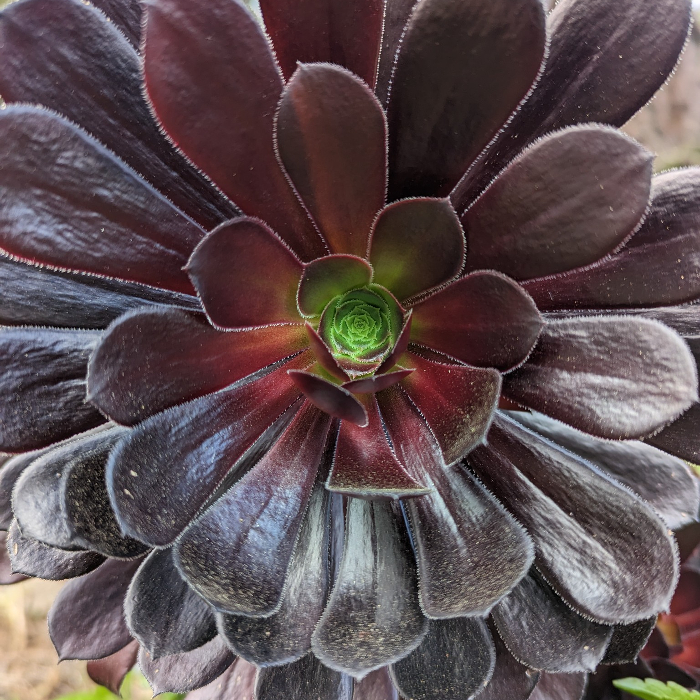UNITED STATES—Spring bloom is the most colorful color in the garden here. It is not the only color though. Some deciduous foliage will provide color at the opposite end of the year. Bark can add a bit of color, particularly while deciduous trees defoliate for winter. So can colorful fruit. Furthermore, ornamental foliage, both deciduous and evergreen, can contribute color.
Ornamental foliage is not the same as deciduous foliage that is colorful only for autumn. The distinction is that it is colorful from the beginning. Generally, it is most colorful while fresh during spring. If both deciduous and colorful for autumn, it changes from one color scheme to another. If evergreen, it may remain more or less colorful throughout the year.
Ornamental foliage of this sort displays various colors and patterns. Variant colors might be yellow, orange, red, purple, blue, pink, bronze, white or gray. They can be variegation such as stripes, margins, blotches, spots, patterns or blushes. Alternatively, they can be monochromatic. Most fade to some degree during the warm and dry weather of summer.
Ornamental foliage is more of an asset within home gardens than in the wild.
The colors of ornamental foliage are not as vibrant as floral color. They are not intended to attract pollinators. In fact, most of such color serves no practical purpose. Blue, gray or white foliage mostly originates from high altitudes or harsh desert climates. It reflects a bit of excessive sunlight to avert scorch. Most other ornamental foliage is mere mutation.
In the wild, such mutant foliage is generally a disadvantage. White portions of variegated leaves contain less chlorophyll. Consequently, they can not photosynthesize as much as green portions. Such foliage only perpetuates unnaturally within cultivation because it is appealing. Some mutant ornamental foliage can revert to more vigorous greener growth.
Ornamental foliage can be annual, perennial or woody. New Zealand flax, canna, coleus and caladium are the most variably colorful. Coprosma and various pittosporum are a bit more limited. Euonymus, hosta and ivy display white or yellow variegation. Smoke tree, redbud and some maples are surprisingly diverse. Agave blue spruce and some junipers can contribute gray and blue. There are too many options to mention.
Highlight: Tree Houseleek
This must be one of the sillier horticultural names. Tree houseleek, Aeonium arboreum, is neither a tree nor related to leeks. The biggest cultivars can not stand much more than three feet tall. Above that, their succulent foliage gets too heavy for their fleshy stems and fine roots. They perform well as houseplants only within very sunny situations.
Formerly common tree houseleek, with simple green foliage, is not so common anymore. Almost all popular modern cultivars are variegated or bronzed, with wide foliar rosettes. Variegation ranges from bright lemony yellow to creamy white. Bronze ranges from light brown to very darkly purplish. Foliar rosettes are about four to eight inches wide.
Plumply conical trusses of tiny yellow or chartreuse flowers bloom for spring. They are neither numerous nor brightly colorful, but are weirdly interesting. Fresh spring foliage is most colorful and lush. It can fade and partially shed during arid summer weather. New plants propagate very easily from dragging stems or cuttings of pruning scraps.
Tony Tomeo can be contacted at tonytomeo.com.






